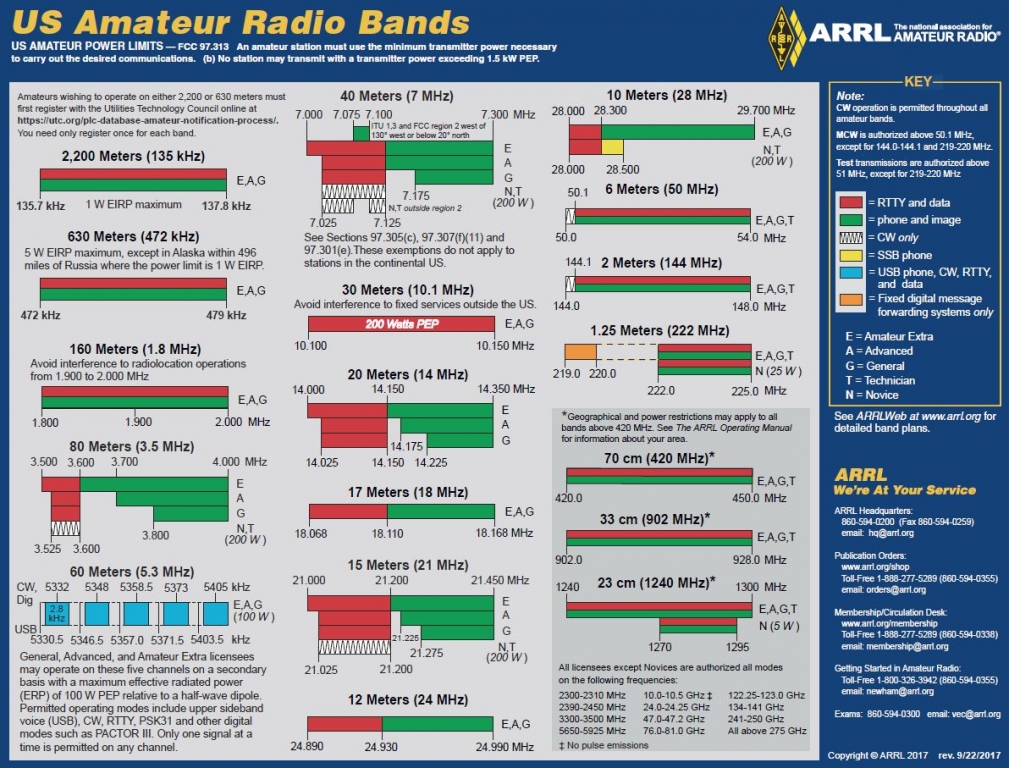If, you would like to donate to the Amateur Radio Transmitting Society, you may send a check to our P.O. Box. We operate on member dues and donations. All donations are greatly appreciated.
Please note that donations to ARTS are not deductible as charitable contributions for federal income tax purposes.
Our address is:
Amateur Radio Transmitting Society
P.O. Box 7391
Louisville, KY. 40257
We accept donated ham radios and other radio related equipment. If you have ham radio gear that needs a new home you may email us at w4cnboard with information about your equipment. We can always use equipment for new hams getting into the hobby, for use at operating events, or for emergency communications. We also may sell used gear in the ham community to generate operating funds for the club. We are funded by donations, member dues, and sales of used equipment. We greatly appreciate your support.
Thank you for supporting the Amateur Radio Transmitting Society!
One of the best ways to get involved in ham radio is to get involved with our club. Local clubs are your link to local hams and area activities. The Amateur Radio Transmitting Society invites you to attend our club meetings, on-the-air nets, and other club activities. Check out our About Us page.
For additional information on getting more involved in the hobby, check out this information at the ARRL web site: What You Can Do with Ham Radio.

